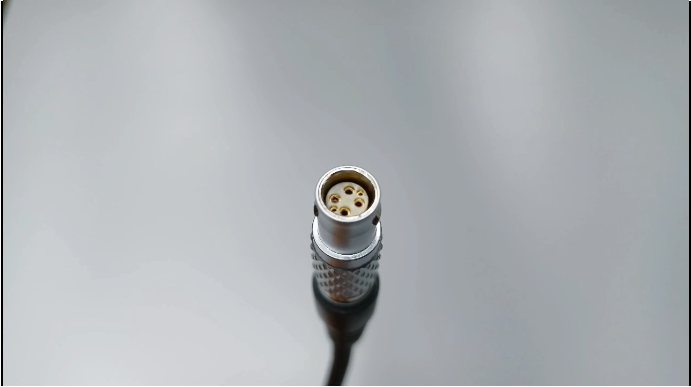BNC (Bayonet Neill-Concelman) camera cables are widely used in the CCTV industry for transmitting video signals from surveillance cameras to recording devices. These cables feature a coaxial design which allows for high-quality video transmission over long distances. However, like any other electronic device, BNC camera cables may encounter issues over time. In this article, we will discuss how to maintain and repair your BNC camera cable, ensuring its proper functionality and durability.
Before diving into maintenance and bnc cable repair techniques, it's essential to identify common issues that may occur with BNC camera cables. Here are a few problems you might encounter:
1. Video Loss: One of the most common issues faced by users is video loss, where the monitor displays a blank screen instead of the camera feed. This can be caused by loose connections, damaged cable, or faulty equipment.
2. Signal Interference: Interference in the form of static lines, distortion, or flickering can affect the quality of the video feed. It may occur due to electromagnetic interference (EMI) from nearby devices, improperly shielded cables, or damaged connectors.
3. Poor Image Quality: If your camera feed appears blurry, grainy, or lacks sharpness, it could be a result of signal degradation, low-quality cable, or improper installation.
4. Cable Damage: External factors such as accidental damage, exposure to extreme temperatures, or regular wear and tear can lead to physical damage of the cable, affecting its performance.
Regular maintenance is crucial for extending the lifespan of your BNC camera cables. Here are some essential steps to keep them in optimal condition:
1. Visual Inspection: Periodically inspect your cables for any visible signs of wear, including frayed wires, loose connectors, or damaged shielding. If you notice any issues, address them promptly.
2. Cable Routing: Proper cable routing plays a significant role in preventing damage and signal degradation. Avoid bending the cables excessively or placing them near potential sources of interference, such as power lines or electrical equipment.
3. Weather Protection: If your surveillance system is installed outdoors, ensure that the cables are adequately protected against harsh weather conditions. Invest in weatherproof enclosures or use appropriate cable conduits to safeguard them.
4. Cleaning: Dust and debris can accumulate on the connectors and affect the signal transmission. Regularly clean the BNC connectors using an air blower or a soft brush to remove any particles.

If you encounter issues that require repair bnc cable, follow step-by-step guide to repairing bnc camera cables to fix your BNC camera cables:
1. Identify the Problem: Determine whether the issue lies with the cable itself, the connectors, or the equipment. Test the camera feed with a known working cable to rule out any other potential problems.
2. Cut and Replace: If the issue is a damaged section of the cable, carefully cut out the damaged portion using cable cutters. Make sure to leave enough length for the connection to the camera and recording device. Strip the cable ends to expose the inner conductor and shield, and then connect the new BNC connectors using a coaxial crimper.
3. Connector Replacement: If the issue resides in the connectors, you can replace them without having to replace the entire cable. Unscrew the damaged connector from the cable and strip the cable ends. Attach the new connector by carefully twisting it onto the exposed wires. Ensure a secure connection and check for proper signal transmission.
To enhance the performance and reliability of your BNC camera cable, consider the following accessories:
1. Quality Extension Cables: If you need to extend the distance between your camera and recording device, invest in high-quality BNC extension cables. Ensure they have adequate shielding to prevent signal loss.
2. Surge Protectors: Install surge protectors to safeguard your surveillance system from power surges, which can damage the cables and connected equipment.
3. Cable Management Solutions: Use cable management solutions such as cable ties, clips, or conduits to keep your BNC camera cables organized and protected against accidental damage.
4. Grounding Equipment: Grounding your surveillance system can help reduce the risk of signal interference caused by electrical surges or EMI. Consult with a professional to ensure proper grounding practices.
Maintaining and repairing your best bnc cables is essential for a reliable and effective surveillance system. By following proper maintenance practices, troubleshooting common issues, and taking necessary repair steps, you can ensure the longevity and optimal performance of your BNC camera cables. Remember to periodically inspect, clean, and replace damaged components to avoid costly replacements. Additionally, investing in recommended accessories will further enhance your surveillance system's functionality and reliability.